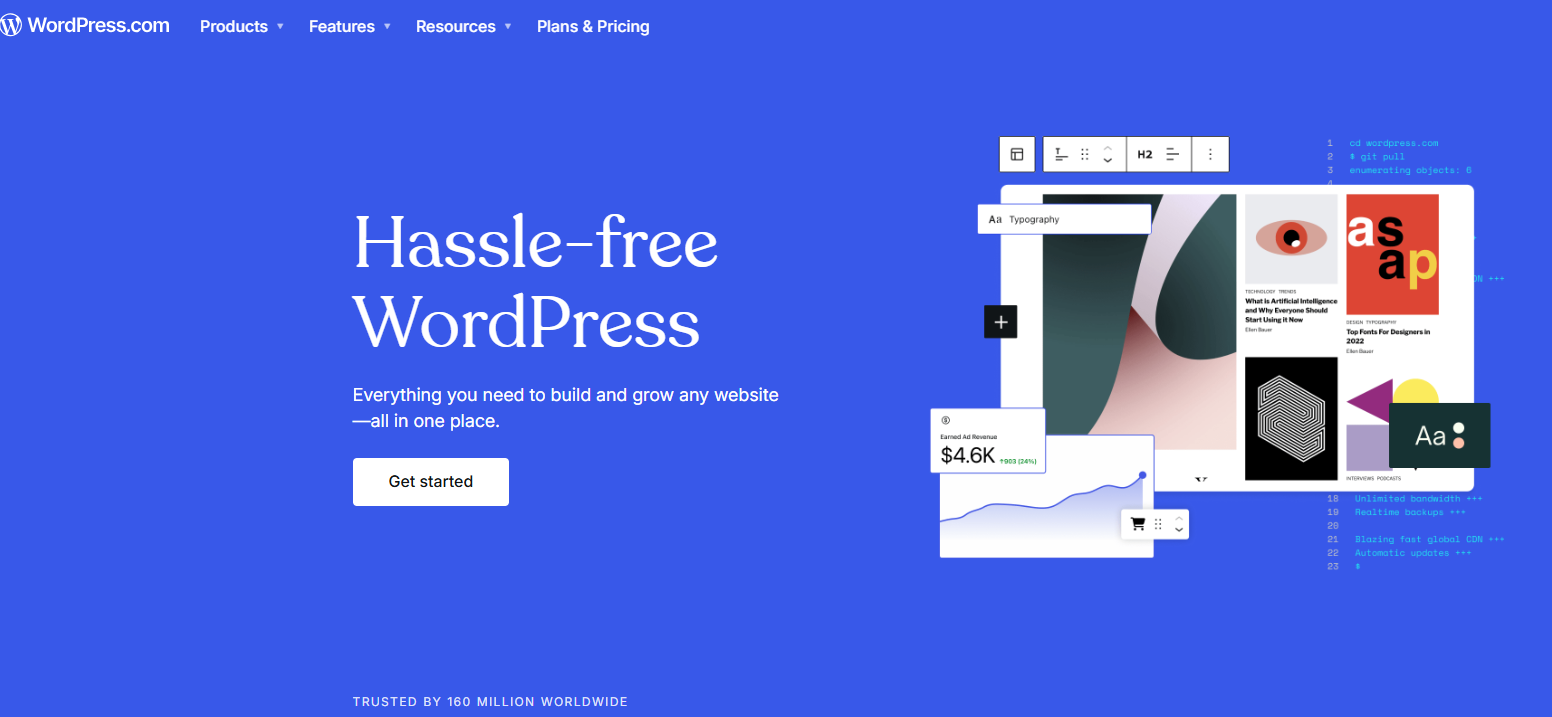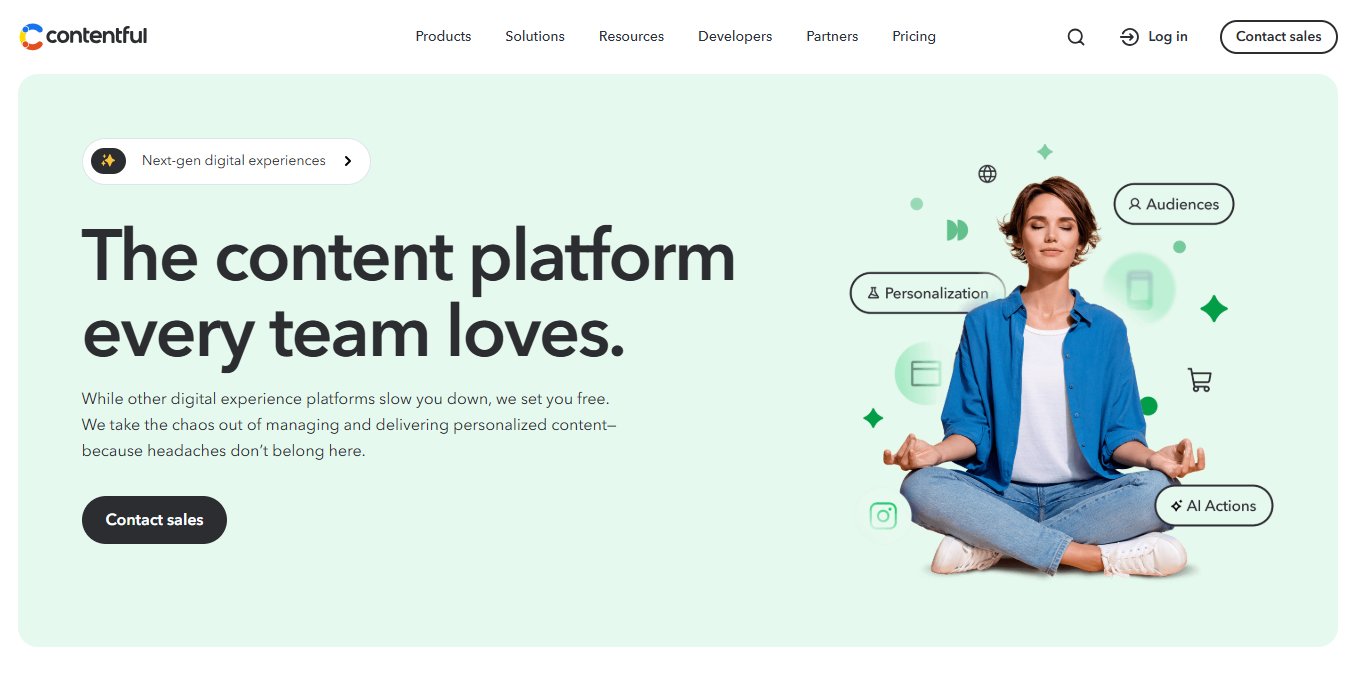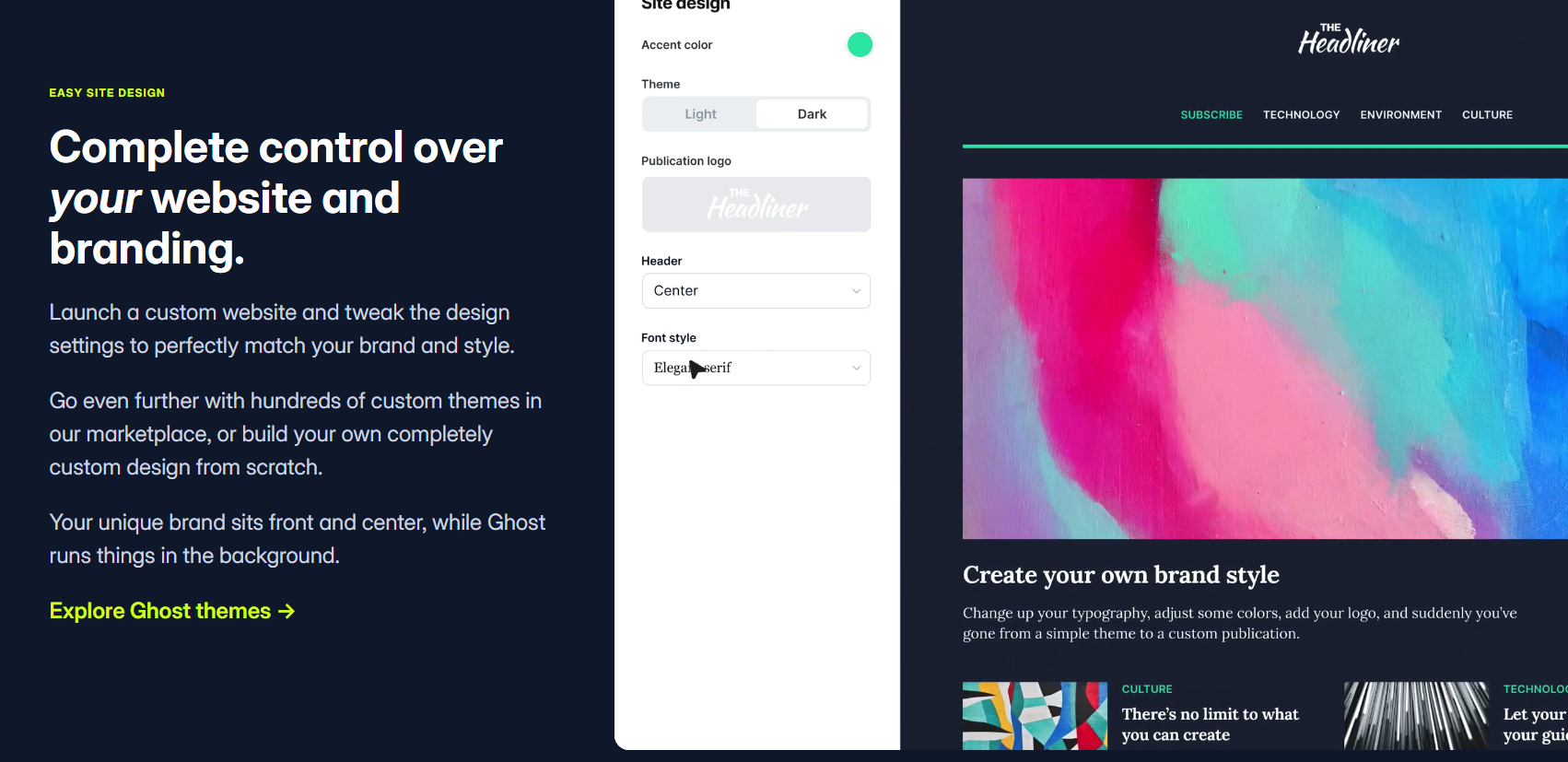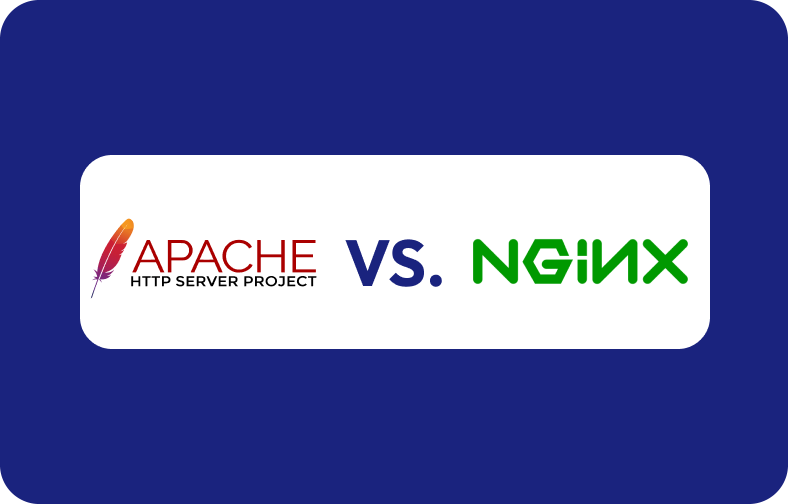Choosing the Best CMS Platform for Publishing a Blog

Want to publish a blog? You might need a CMS platform for that.
Blogs may not be as top-of-mind for people as they once were, in the world of social media and short videos, but they’re still valuable and valid for companies looking to tell their stories and connect with customers. Publishing a blog still makes sense in the world of content delivery, plus it’s now easy and quick to remix blogs into short videos, social media posts, and other content with AI tools.
Whether you have a business or just want to get your own personal ideas out to the masses, a blog is a great idea for spreading the word. Blogs help readers understand you, your products and services, provide useful information—and can even boost your visibility online through search rankings and snippets.
What’s a CMS?
CMS stands for content management system. It’s a software product that allows you to manage digital content for publication on the web. A CMS platform is behind most of the world’s websites, using a component-based system, which is far easier than straight web coding.
If you want to publish your own content on the web, CMS platforms provide a valuable service to help you achieve it.
The difference between headless CMS and traditional CMS
When you’re investigating the best CMS platforms, one of the first terms you will come across is “headless CMS”. There are two distinct types of CMS platforms: the headless CMS software and traditional CMS software. A CMS for blogs can be either type.
Traditional CMS
Traditional CMS platforms offer a content management backend and front-end development all in one package. That means you can add content and create the design all within the same platform. Different platforms offer different ways to add design elements, such as drag and drop componentry and adding custom code in different components to enhance design.
Headless CMS
Headless CMS platforms have the design and the content management completely separate, and the content side is accessed via API. Design is not an element that a headless CMS handles: a headless CMS is not a website builder.
Instead, you manage your front-end design with advanced customization in a web language (for example, React), and the React code talks to the CMS via API, to pull and display the content.
Headless CMS systems for blogging are only truly useful if you want a fully customized design for your site and you know how to do it, or you’re willing to pay a web designer and a web developer to do it. These are two distinct roles. A web designer can draw up a pretty interface and flows, but may not have coding knowledge. A web developer is the website builder who actually codes it up.
Now that we learned the basics, let’s investigate the most popular CMS platforms for blogging.
The best CMS platforms for blogging
Choosing the right CMS can significantly impact your blogging journey, influencing everything from design flexibility and ease of use to search engine optimization and scalability. To help you navigate the vast landscape of available platforms, we've compiled a list of some of the best CMS options tailored for blogging, each with unique strengths and features.
Best full-featured CMS platform: WordPress
WordPress is the most-used CMS platform in the world for a reason. This free, open-source platform has been around since 2003, and it’s still going strong, as the community adds to the ecosystem and grows the capabilities of the platform. While there is a learning curve to WordPress, the plugin and template-based architecture helps you create websites and web pages with far less programming skills than when it was initially released. Thanks to its huge user base, there is plenty of community support.

WordPress is a great blogging CMS because it was initially a blogging platform, so all the features available for blogging are now mature. It’s easy to add and configure new blog posts. The website design features of the CMS may take you some more time to become familiar with, but with a WordPress site, you always have complete control of your content. Be careful about adding plugins to WordPress websites. Choose plugins with a large user base and regular updates. Breaks in plugin functionality can easily cause chaos on your site.
Best headless CMS: Contentful
Contentful is the headless CMS of choice for some of the world’s biggest companies, such as Atlassian, AWS, and MailChimp. It’s a great CMS platform with powerful functionality and a user-friendly interface that makes content management far more intuitive, fast, and organized than other competitor products. If you want to decouple your content management from your blog design, then Contentful is a solid choice.

Contentful offers a range of advanced features, such as live preview, a taxonomy system, and team-based access and permissions. The platform offers over 100 integrations with apps like Shopify ecommerce store, an OpenAI content generator, Braze campaign management, and the Cloudinary app. Contentful, while a popular CMS software, is a paid platform.
Best marketing-integrated CMS: HubSpot CMS
HubSpot made a name for itself as an integrated marketing platform, but has expanded its product suite to sales, customer service, content, operations, and even e-commerce store options. With this in mind, if you’re looking for easy integrated marketing analytics and services, plus all the advanced features of HubSpot at your fingertips for your blog, then HubSpot CMS is a great choice.

The HubSpot CMS is a fully-fledged website builder with a drag-and-drop UI to build out your website. The content hub is where you manage all your content. Within HubSpot, you’re able to optimize your website for marketing purposes, such as utilizing their SEO optimization features, website personalization functionality, and monitoring performance. With other CMS platforms, these types of features are typically only available via third-party plugins or external apps. HubSpot is not free, but this popular CMS can be worth the investment.
Best scalable CMS: Drupal
For truly serious blogging (not serious content, but if you’re looking to provide millions of blog posts to millions of people), Drupal might be your best bet for a traditional CMS platform. Whether you have one blogging site or a sprawling network, Drupal’s free and open source platform is built for scalability. Drupal is a flexible CMS that is capable of handling high amounts of both content and traffic, and integrates with tools and systems to handle caching, CDNs, etc.

Drupal is not an easy system to learn, but it has its use case. If you are planning to run a blogging empire, then it might be worth learning Drupal or hiring a Drupal developer to get you up and running on the platform.
Best multi-language CMS: Joomla
Joomla is another open-source and free CMS platform. It may be the best CMS to choose if you want to publish your blog in a wide variety of languages. Joomla offers a multilingual option for each component in the platform. Joomla’s ease in creating and linking blogs in multiple languages at once means that you can reach a much wider audience.

Joomla has language packs available in its extensions directly, so you can build multi-language blogs quickly. This is great for businesses offering products or services in multiple regions who want to get the job done quickly.
Best traditional CMS for developers: Ghost
If you’re already familiar with JavaScript, you might want to check out Ghost as your CMS. This traditional CMS was originally created as a blogging platform, but has evolved over the years to something far more powerful.

Ghost has a minimal footprint, unlike WordPress or Drupal, and uses the Handlebars templating language to organise design. If you’re looking for a free platform that’s an alternative to WordPress, and you have coding technical knowledge already, then head over to Ghost to check it out.
Other options similar to CMS
If you’re just interested in blogging and don’t want to have to deal with the technical details of true CMS platforms, there are plenty of options available. These lightweight website builders and blogging platforms give you the freedom to just write—and add images, videos, and links—without worrying about the details.
Be aware: if you ever plan to monetize your blog by integrating ad servers, have full control of your design and development, or even set up your own web hosting, many of these platforms won’t have those capabilities.
The decision between a “true” CMS or a lightweight option is dependent on what the goals are for your blog.
Easiest website builder: Wix
Wix has a recognizable name on the internet because of how easy it is to use to create your own website. The Wix website builder has a user-friendly interface, where you have preset design elements and layouts to choose from, and you can very quickly and easily build a professional site to publish your blogs.
The free account version of the Wix website builder is hosted on Wix and will contain their branding on your website. You can upgrade your plan for a hosted version so this branding is removed. If you want a full website without the overheads of a CMS, then Wix is a good choice.
Simplest blogging platform: Medium
Medium makes blogging almost the easiest task in the world. You simply type in what you want and hit publish, and your blog post is live online. You publish under your own username or channel. You can do this whenever and wherever you want. It’s the best blogging platform if you want to type and then publish instantly.
Of course, the Medium blogging platform has options for adding blog content such as images and other elements, but it’s just modifies your text on a page, hosted on their site. You’re even able to turn the comments section on or off. Many bloggers get started on Medium because of its simplicity before moving to a more sophisticated platform to continue their blogging journey.
Best newsletter-integrated platform: Substack
If you want to gain a following, newsletters are where it’s at. Social media platforms display content depending on their internal algorithms. But if you can get a significant amount of sign-ups for your newsletter, your posts will be delivered directly to their email inbox as often as you can push out content.
Substack has become the publishing platform of choice for content creators who write newsletters. You don’t have to think of newsletters as just an update on current news or events. A newsletter can be a full blog post, on whatever you like. The beauty of this solution is that you’re published on Substack itself and also delivered directly to your audience: it’s a blogging platform and newsletter system in one.
Best for Notion users: Notion + Super
This one is a newer addition to the list, but a super helpful option if you’re already a Notion user. Notion is a visual information management system where you can organize notes, create boards and databases, and a wealth of other activities. Many individuals and small businesses use Notion to manage tasks, information, and other items.
Notion, a private platform, isn’t automatically published online. However, when you combine it with Super, you’re able to easily publish from Notion to a website. Super offers various different design options such as colors, typography, layout, blocks, database, and navigation, which, when combined, can be turned into themes. This takes the very basic design of Notion pages and transforms them into something more beautiful.
Decisions, decisions
Ultimately, the choice of which of these popular CMS platforms you’ll consider as the best blogging platform will depend on your use case and what you value in a product. The best CMS is entirely dependent on your needs.
You can ask yourself the following questions to guide your content management system decision-making process:
- Do I want to learn or outsource development, or create something quickly myself without much technical knowledge?
- Do I want a website builder or a straight-up blog?
- Is this for a personal project or a professional project that other people will need access to?
- Do I want to monetize the blog content or add advanced customization?
- How much content will I wind up having, and how complex will it be?
- Do I want something lower cost or with easier usability?











